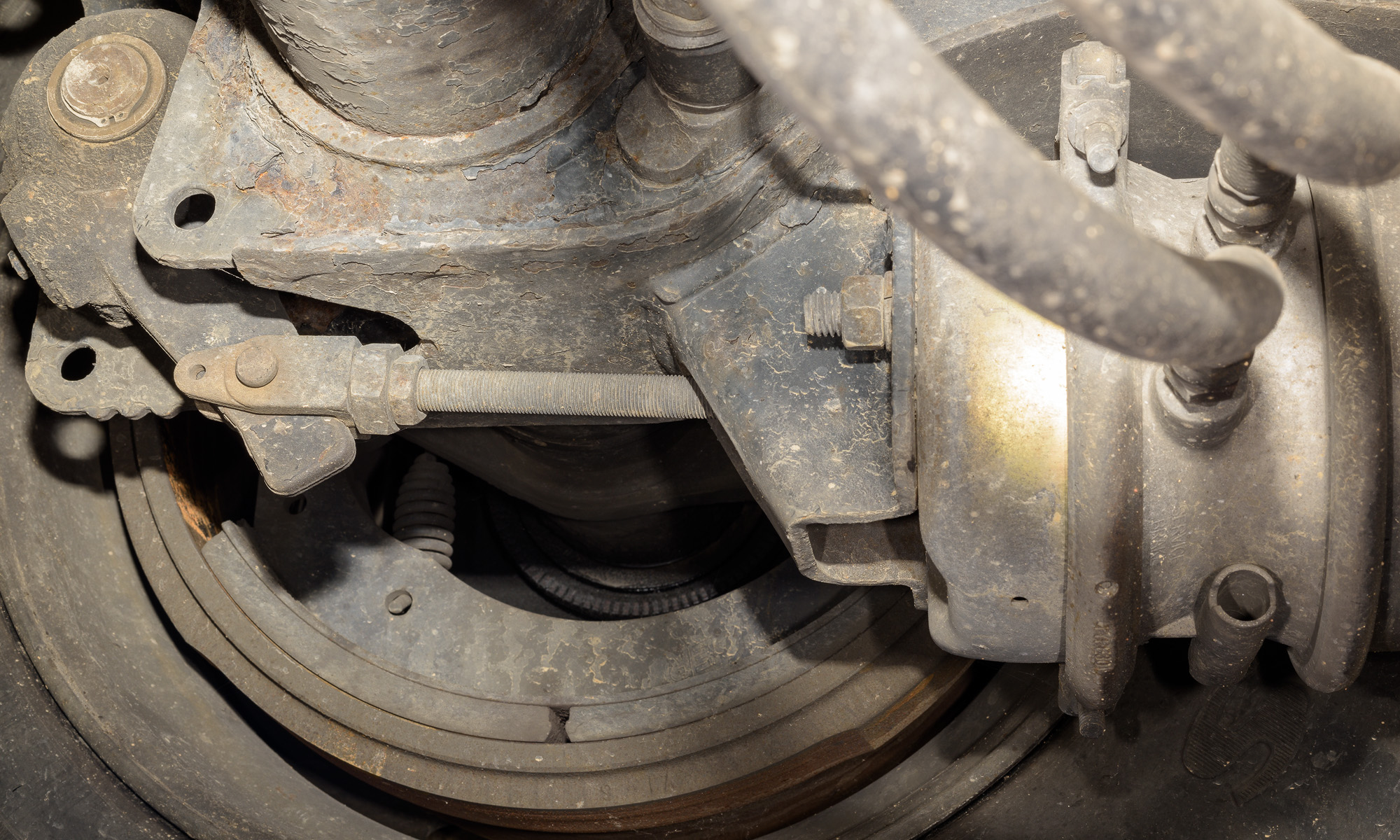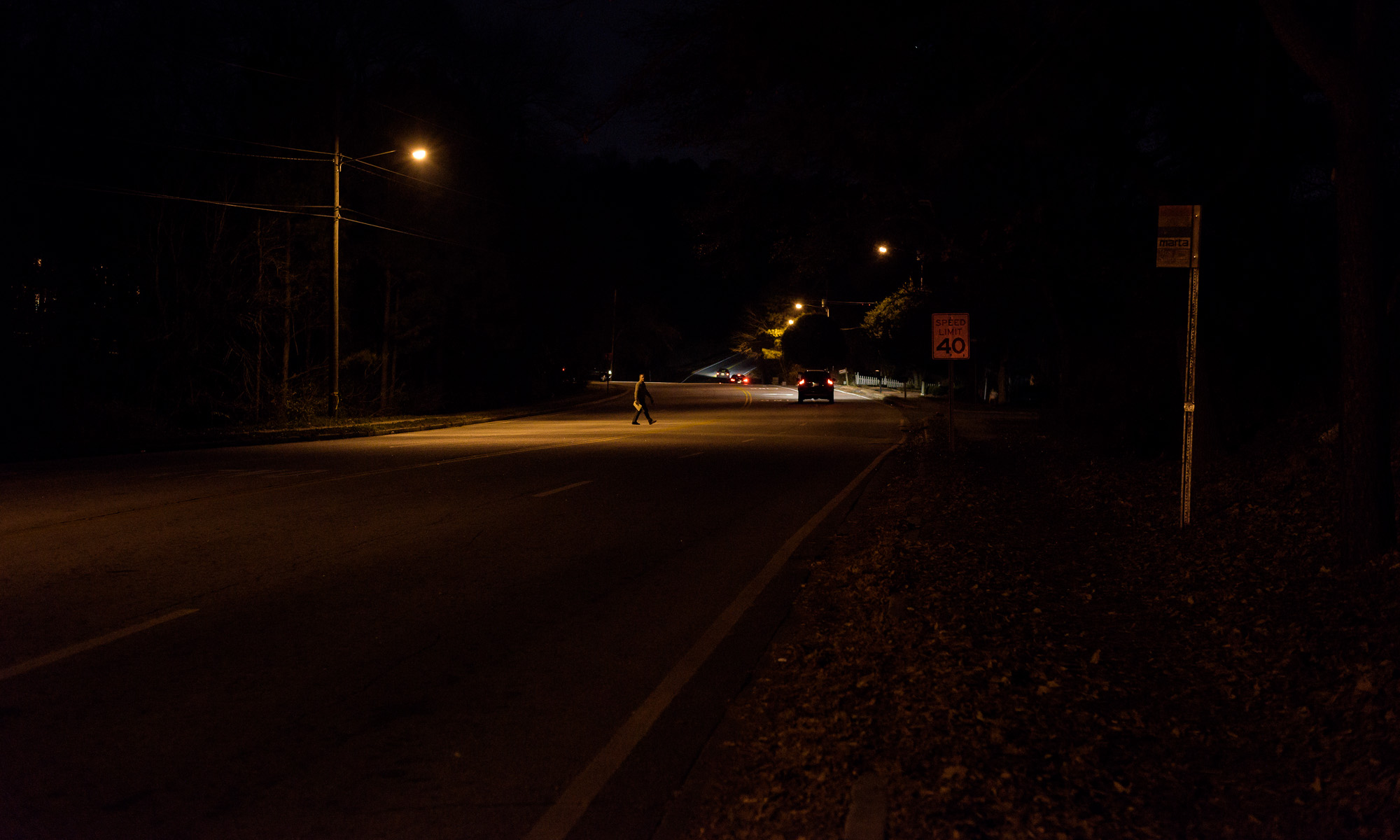Various CVSA (Commercial Vehicle Safety Alliance) Out of Service (OOS) violations may be found when inspecting heavy trucks. These can be maintenance or safety items that fail to meet the criteria in Appendix G of Subchapter B of the FMCSR (Federal Motor Carrier Safety Regulations) (40 CFR §396.17). This post will focus on brake issues only.
CVSA uses the term “defective” to denote a brake condition that does not meet specific criteria. CVSA declares a vehicle OOS if twenty percent of the brakes are defective. A common three axle tractor with a two axle semi-trailer will have ten brakes total. Twenty percent of ten brakes means the truck would be put OOS if two brake defects were found. (Click on image to enlarge, then click on back arrow to return.)

CVSA brake defects often result from inadequate maintenance. One important purpose of a CVSA inspection is to catch maintenance issues before they adversely affect the stopping ability of the truck. While it is essential to properly maintain vehicles for safe operation, the presence of one or more OOS brake defects does not necessarily mean the braking ability of the truck was compromised at the time of the accident. So there are two separate, but related issues: -1- Were there any problems with the truck? -2- Did any of those problems affect the truck’s ability to stop during this particular incident? Continue reading “Out of Service (OOS) Brake Defects and Brake Force Calculations”
